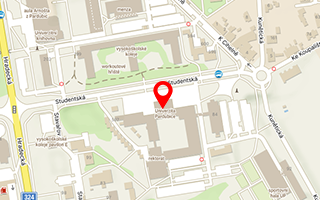Publikace detail
Thermal Conductivity of Sb2-xInxTe3 Single Crystals
Autoři:
Švanda Pavel | Drašar Čestmír | Lošťák Petr | Zhou Z | Dyck Jeffrey | Uher Ctirad
Rok: 2004
Druh publikace: ostatní - přednáška nebo poster
Název zdroje: Book of Proceedings
Název nakladatele:
Místo vydání:
Strana od-do:
